
At Dayton T. Brown, Inc. (DTB), our state-of-the-art optical testing lab provides precise and reliable evaluations of a wide range of products, including transparent armor, night vision goggles, laser visors, and more. Leveraging advanced testing equipment and experienced personnel, we deliver results that ensure the safety, effectiveness, and compliance of your optical systems.
Every object interacts with light uniquely, requiring accurate measurements to assess light production, transmission, and interpretation. Our optical testing services focus on critical photometric and optometric properties, such as haze, transmittance, optical distortion, and prismatic deviation, to provide actionable insights for your products.

DTB adheres to an extensive array of industry standards to ensure accurate and compliant Optical Testing.
ASTM F 801, ASTM F 2156, ASTM D 1003,
ASTM D 1044, ASTM F 659
ANSI/SAE Z26.1
ATPD 2352R and ATPD 2352T
MIL-DTL-62420
PMA202-07001
Our A2LA-accredited lab (Cert. Nos. 0767.01, 0767.02, and 0767.03) ensures the highest level of professionalism and reliability.
Characterization of narrow- and broad-banded light sources, including LEDs, lasers, arc lamps, and incandescent lamps, to evaluate spectral bandwidth and luminous intensity.
Comprehensive testing for transparent armor, lenses, and visors, measuring properties such as transmittance, haze, and distortion.
Evaluation of surface durability for interior and exterior applications using Taber abrasion resistance methods.
Specialized testing for night vision goggle (NVG) compatibility, ensuring optical devices meet photopic, scotopic, and NVG response standards.
Our optical testing lab is equipped to perform the following:
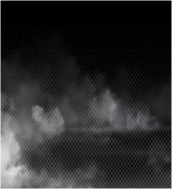
Using a spectrophotometer to evaluate transparency and clarity, ensuring compliance with standards like ASTM D 1003 and ATPD 2352.
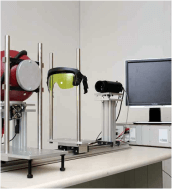
Precise measurement of deviations and distortions per ASTM F 801 and ATPD 2352.
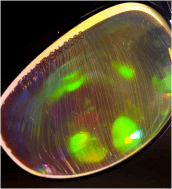
Assessment of wear resistance for optical materials in accordance with ANSI/SAE Z26.1 and ATPD 2352.
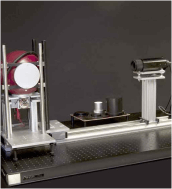
Determination of optical properties such as prismatic deviation and spherical/cylindrical powers.
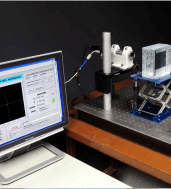
Evaluation of light sources under standardized illuminants A and C.
From transparent materials to NVG compatibility, we cover a wide range of optical testing needs.
Our lab is equipped with cutting-edge tools, including spectrophotometers and abrasion testers, for precise measurements.
Testing is performed to meet or exceed industry standards such as ASTM, ATPD, and MIL specifications.
Our experienced engineers and technicians provide detailed analysis and actionable insights to improve product performance and compliance.
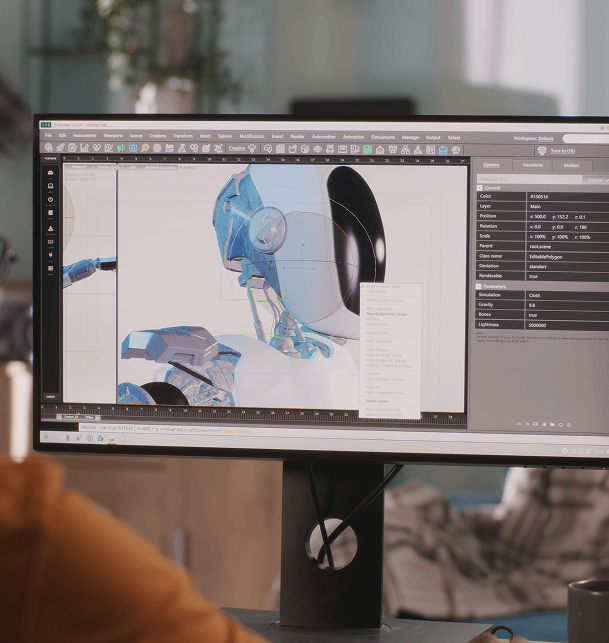
DTB is committed to delivering unparalleled optical testing services for military, commercial, and industrial applications. Contact us today to learn more about our capabilities or to request a customized quote for your testing needs.

We provide comprehensive technical publication services, offering expert technical writing, illustration, data conversion, and systems integration. Our team specializes in mechanical, electrical, and hydraulic systems, and we are adept at creating and managing technical documentation to meet evolving standards like S1000D. From authoring and graphics to legacy data conversion and 3D model integration, we deliver precise, tailored solutions to support your technical information needs.

Our logisticians are experienced in the preparation of logistics management information and critical logistics deliverables such as level of repair analysis & provisioning, maintenance planning & reliability, and logistics consulting – ensuring efficient, cost-effective support for military, commercial, and government programs.
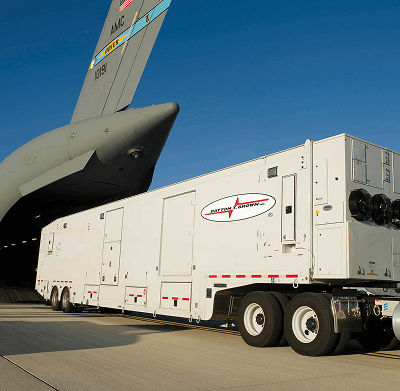
SCIFs, Shipping Containers, Material Management Support
We specialize in designing and integrating advanced products and intelligent systems such as mobile and transportable SCIFs, satellite shipping containers, and material procurement support for your critical missions.
Dayton T. Brown, Inc. 1175 Church St. Bohemia, NY 11716
Dayton T. Brown, Inc. 23967 Prop Way Hollywood, MD 20636